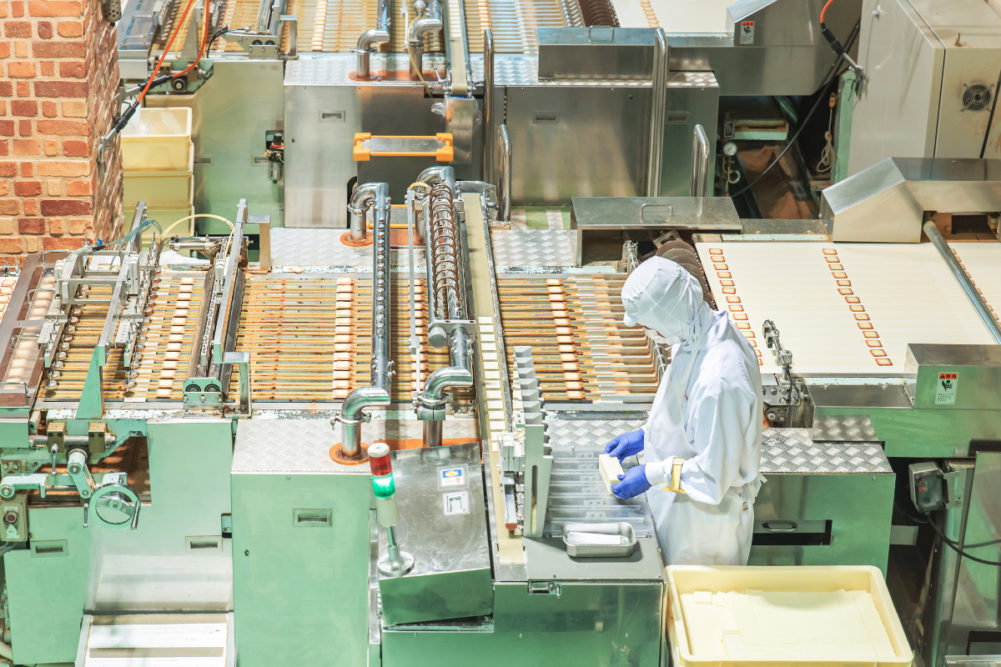MINNEAPOLIS — Companies that grow, process and sell food have been allowed to continue operating as dozens of states impose restrictions on non-essential business.
“The food industry is almost always put as a critical or essential industry, and usually exempt from even the most restrictive stay-at-home orders,” said Rebecca Bernhard, a partner at international law firm Dorsey & Whitney LLP, in an April 1 webinar.
The patchwork of state and local business restrictions has generated questions for suppliers and vendors who support essential businesses but may not be specified as an essential business themselves.
“These rules really differ from state to state,” said Aaron Goldstein, partner at Dorsey & Whitney LLP.
Businesses that are deemed essential may still face restrictions about which employees may come to work.
“Where you are in the supply chain may matter,” Ms. Bernhard said. “Many people at the retailer section are more restricted. As you move across the supply chain, that question of how much of your business is exempt is really critical to nail down and assess.”
Inside the facility
Food processors should apply increased scrutiny when evaluating vendors and visitors who may have a legitimate business reason to enter a facility.
“It’s about limiting the amount of people in close proximity to each other,” Ms. Bernhard said.
Heightened hygiene and sanitation efforts are critical to reducing the risk of an outbreak.
“Manufacturers are wiping down surfaces once an hour,” Mike Droke, a partner at Dorsey & Whitney, said. “They’re increasing sanitation efforts and taking that information to their customers, because customers want to buy food from a source that’s safe.”
Companies should do more than expand existing measures. New strategies being adopted include temperature screenings for employees and vendors and observed handwashing at the door. Some companies are asking employees to certify that they have not been exposed to someone with COVID-19 before entering the facility.
Efforts to mitigate the risk of an outbreak at a plant may give rise to privacy concerns, but the lawyers said companies shouldn’t feel restrained.
“It's important to not completely push those concerns aside, but the law generally gives employers a lot more latitude in privacy,” Mr. Goldstein said. “There are a lot of exceptions … for situations where someone's physical safety is at risk. We are square in the middle of one of those situations.”
Social distancing
Enforcing the recommended six-foot social distance between workers may be a challenge for food processors.
“One of the really heartbreaking early calls I got was a food processing client where an individual showed up to work sick,” Mr. Goldstein said. “His job was to walk the floor up and down. He was bumping into everyone and it really was a problem.”
Companies should make every effort to identify and implement operational changes that increase employee separation, he added. Placing tape on the ground may be one way to limit person-to-person contact.
“What I'm seeing is companies pushing the envelope as far as they can,” Mr. Goldstein said. “In your particular work environment, can you give every person a 30-foot radius? If you can't, how many people can you give a 30-foot radius?”
In cases where the production environment makes it impossible to enforce social distancing, companies have installed tarps and other barriers between workstations.
Efforts to stem person-to-person transmission of COVID-19 may require creative staffing. Some companies are offering shift differentials and walling of key production areas.
“You may have certain types of equipment that only certain people are really trained to handle,” Mr. Droke said. “Keeping those folks separated from the rest of the workforce is really important because you can't risk them getting sick.”
Companies also have slowed down manufacturing lines and stretched production times.
“You could apply more distance between the production workers and maybe extend out the duration of shifts so that you could accommodate the same levels of production,” Mr. Droke said.
Measures to reduce contact between line workers are about more than keeping employees safe and product moving. They also may help boost morale among line workers hesitant about working during the crisis.
“The more you can put into place the visual, very easy to observe practices, people will feel safer,” Mr. Goldstein said.
Getting back to work
In the event of an outbreak at a facility, companies should follow guidelines outlined by the Centers for Disease Control and Prevention. State and local health department protocols related to plant closings vary depending on the amount of community spread of COVID-19 in a given area.
Getting employees to return to work following an outbreak-related plant closing may be a challenge. Companies can require non-symptomatic employees to come back to work, even if they’re afraid, the lawyers said.
“You can say to people, ‘You haven't been diagnosed. You haven't been confirmed with a case. You sat on the waiting period. You have no symptoms. We have work for you to do,’” Ms. Bernhard said.
Flexibility and adaptability are key.
“If they say, ‘No, I’m afraid,’ then we have to dig a little deeper about what that means,” she said. “Are you afraid because your partner has asthma or some sort of immune-compromised system, and you've been advised to minimize all contact with people? Are you afraid because you yourself have an immune compromised system? Or are you just afraid because you usually ride the bus at seven o'clock and it's packed like a New York City subway? Couldn’t we make some sort of accommodation so that you’re riding the bus at a different hour and working in different shifts?”
Companies should account for current threat levels, local guidelines and individual circumstances when making accommodations for workers.
“It has to be reasonably dangerous,” Ms. Bernhard said. “‘I'm afraid to leave my house,’ is probably not reasonable under certain circumstances and in certain areas, whereas it could be reasonable to be that afraid in another area.”





